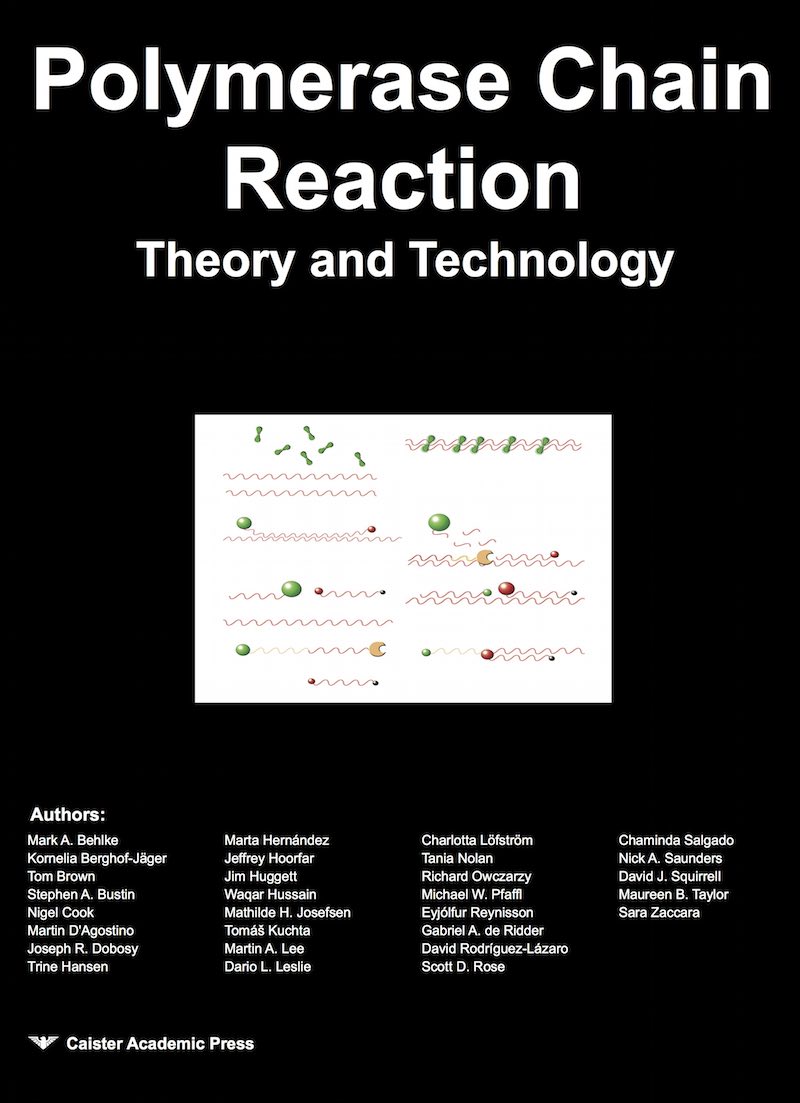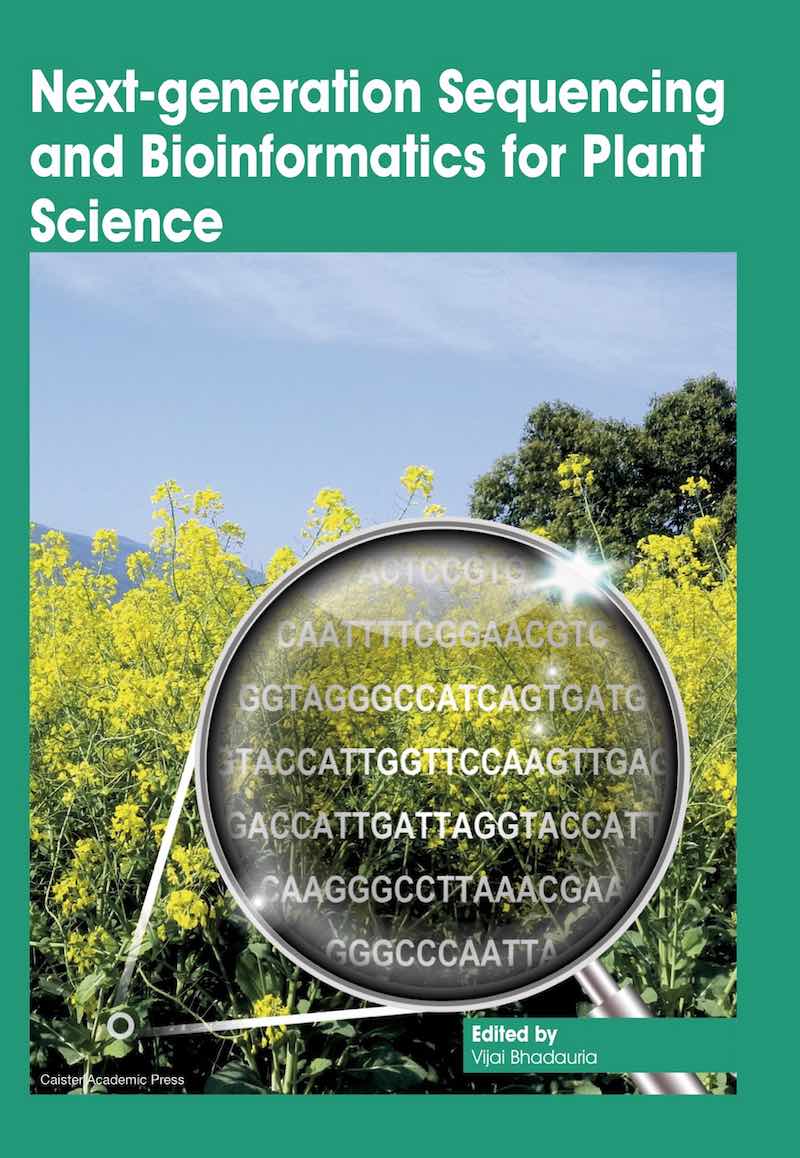PCR Template DNA
- the target sequence to be amplified
- the non-target DNA (also called the "burden" DNA
Problems also occur when the ratio of the target DNA to the burden DNA is very low, for example the amplification of a 500 bp fragment from the human genome (1 to 6 x 106). A better ratio is between 1:1 and 1:1 x 104. A ratio of 1:1 is achieved in a reamplification reaction and a ratio of about 104 is achieved when amplifying from the Escherichia coli genome.
When the total amount of the DNA in a PCR reaction is extremely small, there is an increased likelihood of its loss owing to any conceivable cause (clotting, adsorption, chemical or enzymatic degradation). Furthermore, a small amount of target DNA leads to an increased risk from contaminating DNA from impurities on anything that can come into contact with the DNA solution. In this respect, both the DNA diluent, the dust floating in the air, exhalations and even particles of skin or hair from your body should not be disregarded, as these can carry both the DNA and the DNA-degrading substances. Nucleases are probably as the major cause of DNA degradation in a PCR procedure. They are abundant on the surface of the human skin and can be present everywhere else too. Mild autoclaving of the DNA diluent and everything that comes in regular, occasional, or accidental contact with buffers and solutions will destroy both the nucleases and comtaminating DNA. If you suspect problems of this nature, wear gloves, a surgeon's cap, and a face mask. Also, wash the working space with an oxidizing substance such as (6% H202).
from PCR Troubleshooting: The Essential Guide see also PCR Troubleshooting and Optimization: The Essential Guide
Further reading
- Real-Time PCR: Advanced Technologies and Applications
- Real-Time PCR in Food Science: Current Technology and Applications
- Quantitative Real-time PCR in Applied Microbiology



